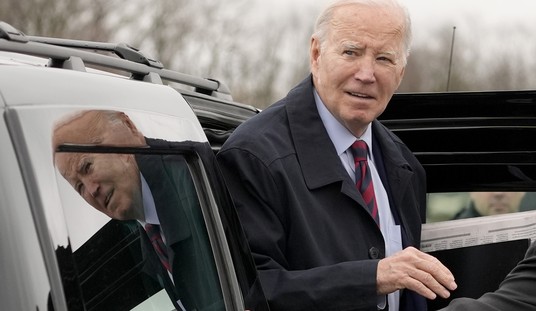So, the May jobs report wasn’t terrible (via NYT):
Blunting worries about the American economy’s momentum after a stretch of lackluster growth, the government reported on Friday that employers added a hefty 280,000 jobs in May, well above the average monthly totals logged over the last year.The official unemployment rate ticked up slightly to 5.5 percent from 5.4 percent, as more Americans dived back into the labor pool and started actively looking for work. Higher hourly wages, which rose 0.3 percent last month, may have helped lure back some sidelined workers while providing those already on the job with some long-awaited gains.
The return of stronger job growth is also likely to strengthen the resolve of Federal Reserve officials who are hoping to start raising interest rates from their near-zero level later this year.
“This is a confirmation that the economy is performing well and the first quarter was an aberration,” said Carl Tannenbaum, chief economist at Northern Trust.
He added that he was encouraged by the growth in wages, which have now risen 2.3 percent over last year. “It’s good for workers and also a sign that capacity in the labor market is being utilized more fully.”

Douglas Holtz-Eakin of the American Action Forum wrote that a strong showing would have been 300,000 new jobs created, a decrease in unemployment, robust wage growth, and a rise in labor participation. Some of those indicators appeared in the jobs report, but not everything was positive:
The unemployment rate ticked up, but only because labor force participation rose by 0.1 from 62.8 to 62.9. Overall the ratio of employment to population rose by 0.1 percent. The unemployment rate for Hispanics fell from 6.9 to 6.7 percent.The anomalous result was a jump up in teen unemployment from 17.1 to 17.9 percent – get ready for stories about the impact of minimum wage hikes.
The Achilles heel of the labor market – wage growth – showed signs of improvement. Average hourly earnings rose by 0.3 percent – which translates to an annual rate of nearly 4 percent – strong real wage growth. Weekly hours remained flat, which cuts the growth of labor income.
Data junkies here’s your fix: the May U-6 (the broadest measure of unemployment) stayed unchanged at 10.8 percent, as a decline in discouraged workers offset the rise in the basic unemployment rate.
The bottom line: Viewed in isolation the May jobs report was strong and continues the rebound from the horror show in March. The best news is the rise in wages. The concern is that there is no way to produce this many jobs in a slow economy without simultaneously having poor productivity growth. And, over the long term, the absence of productivity growth is bad for workers and firms alike.
Recommended
Ed Morrissey added that African-American unemployment increased, and there was fragile job creation in the manufacturing sector:
Unemployment for African-Americans jumped 0.6%, and the unemployed overall tend to be unemployed longer. Those unemployed less than five weeks dropped 311,000, but those unemployed between 5 and 26 weeks — the length of unemployment benefits now — rose 379,000. Still, those not in the workforce declined by 208,000 and the workforce itself increased by 397,000.Almost all of the gain in employment came in the service sector; only 6,000 jobs were added to the manufacturing sector overall. The big gains came in financial services, health care, and the hospitality industries, while the only big loss came in mining (-18,000).
Overall, the jobs report is fairly positive, but the manufacturing sector looks very shaky. Wage growth improved a little, but it’s only at 2.3% for the year, and that doesn’t bode well for consumer activity, which has already dropped this year. There will be plenty of stories about beating expectations, but that doesn’t mean the same thing as great.
We're not out of the woods yet, but things could've been worse.
It was certainly better news than hearing that our economy contracted 0.7% in the first quarter.






















Join the conversation as a VIP Member